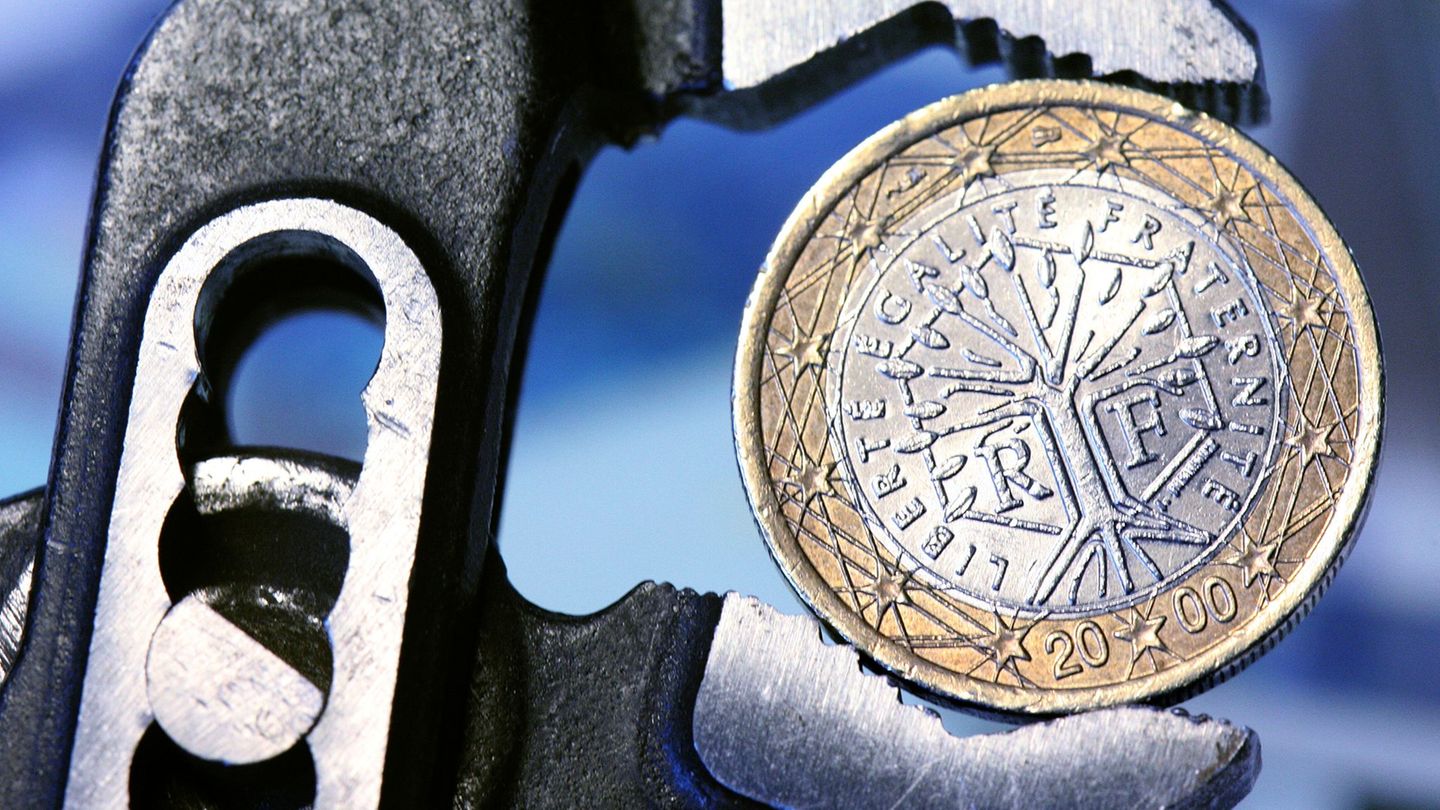Organized by the Alfonso and Luz Castillo Foundation (Arte x Arte) and Fola, directed by Gastón Deleau, an important International Photography Festival was held in José Ignacio, Uruguay. Exhibitions in galleries, a rolling museum, urban installations, talks, portfolio review and presentation of photobooks were the protagonists of this meeting in which relevant artists of this discipline were also invited.
The main idea of the exhibition was to think about “inhabited territories” in an expanded way that extends the borders of our physical, conceptual and disciplinary notion of the act or fact of inhabiting and relating.
The topics addressed are linked to human resilience, climate change, nature and the landscape, social inequity and inequality, the relationship with technologyto new ways of communicating, to mental health, to human interactions, to time and memory, all concerns that alert and committed artists want to express.
The guest of honor was Graciela Iturbide, with works produced throughout her successful and extensive career. Born in Mexico City in 1942, she was a disciple of another great photographer Manuel Álvarez Bravo (1902-2002), whom she accompanied on trips through Mexico. She was commissioned by the Ethnographic Archive of the National Indigenous Institute to document the country’s indigenous population. She photographed the Seri people, a group of nomadic fishermen in the Sonoran Desert near the Arizona border. She also worked with Francisco Toledo (1940-2019), an internationally recognized artist, with whom she visited Juchitán, which is part of the Zapotec culture in Oaxaca.
In 2004, 50 years after Frida Kahlo’s death, she was invited to leave testimony of the opening of two bathrooms with objects and documents that were closed by Diego Rivera in 1954. The whole work gave rise to the series “Frida’s Bath” published in 2009. Iturbide exhibited at the Pompidou, the museums of San Francisco and Philadelphia, the Getty in Los Angeles, the Mapfre Foundation in Madrid, and the Barbican Art Gallery in London.
Other artists
Another of the guests was Pablo Ortiz Monasterio, Mexican photographer, writer and editor born in 1952. In the 80s he edited important monographs on Mexican photographers, and was awarded the Medal of Fine Arts by the National Institute of Fine Arts and Literature. He also edited a book about Frida Kahlo and “Photographic Correspondences” co-written with the Argentine photographer Marcelo Brodsky.
Roberto Huarcaya, Peruvian photographer Born in 1959, he was a professor at the Lima Image Center between 1999 and 2022. He participated in open photography meetings in Argentina in 2002/4/6//8. His “Amazonograms” are included in a famous book about exploring the art of photography without a camera.
He Uruguayan photographer Federico Estol (1981) uses photography as a complement to his social work. He was trained in popular education by the Franciscan priests of the Movement of Third World Priests in Montevideo, he worked for 16 years in rural communities in Uruguay. “Photography, he points out, makes visible identities that were overlapping.”
Under the curated by Colombian architect Santiago Escobar Jaramillo, Ayun Fotógrafas, Fotografas Unidas por Latinoamérica was presented: among them, Fernanda Pineda, also an audiovisual producer who has also approached indigenous communities, peasants who tell stories of the Colombian conflict and post-conflict.
Nicolás Janowsky (Argentina 1980)curator, anthropologist with an international career, the historical aspect, sound articulation, habitat and sociocultural research are inherent to the framework of his works.
Fernando Montiel Klint (Mexico, 1978) says that “his work refers to hypermodernity, full of contradictions, reflections on the transition to the post-human, new forms of behavior influenced by technology through surrealist images, he is interested in exploring “The connection between nature and us, tries to investigate between science and ancestral cosmogony.”
The Argentines Pablo Cabado, Grupo Enfoco and Rodrigo Abd, recent winner of the 2023 Pulitzer Prize, were surprised by the quality of their projects as well as the Argentine Esteban Pastorino who worked on a stereoscopic photography project based on the González Venzano archive about the city of Montevideo and Punta del Este.
The cellular photography section, sponsored by Motorola, a project that received more than 1,200 applicants, of which 60 were selected, were exhibited in structures set up in the plaza. Ramón Reverte, founder and artistic director of the RM publishing house in Madrid, was specially invited for the Photobooks section. Thanks to the institutional support of the Amoedo Foundation at Casa Neptunia, there was an important portfolio review program.
Source: Ambito
I am an author and journalist who has worked in the entertainment industry for over a decade. I currently work as a news editor at a major news website, and my focus is on covering the latest trends in entertainment. I also write occasional pieces for other outlets, and have authored two books about the entertainment industry.




